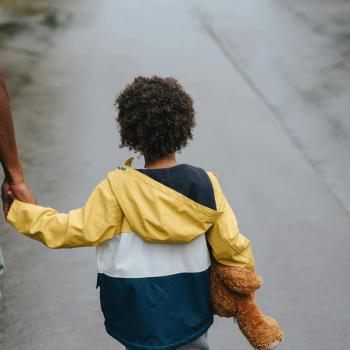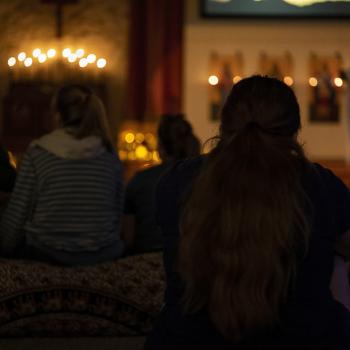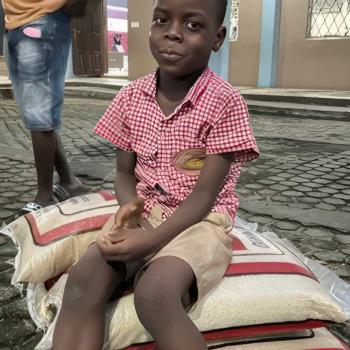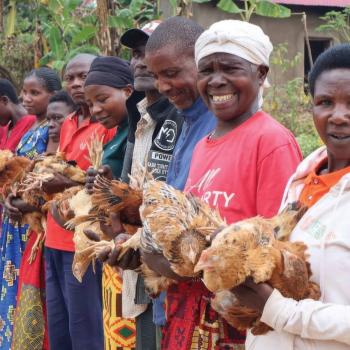WILLS POINT, TX – GFA World (Gospel for Asia) founded by K.P. Yohannan, has been the model for numerous charities like GFA World Canada, to help the poor and deprived worldwide, issued this final part of a Special Report on the world’s greatest ‘badge of shame’: Children in Crisis.
Kids at Risk of Sexual Exploitation
For millions of children around the world, hunger, thirst and disease are just three of life’s cruel injustices. They are, however, not the vilest or the most horrific.
While an accurate number is difficult to pinpoint, it’s estimated millions of children worldwide—from the slums of Haiti to the sordid child sex industry of Bangkok, Thailand—are victims of sexual exploitation and prostitution.
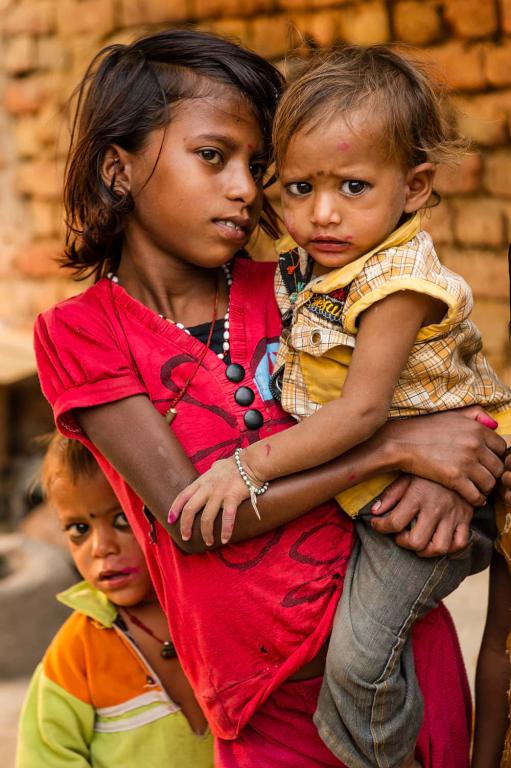
A report on child trafficking by UNICEF, the U.N. children’s agency, says:
“Sexual activity is often seen as a private matter, making communities reluctant to act and intervene in cases of sexual exploitation. These attitudes make children more vulnerable to sexual exploitation. Myths, such as the belief that HIV/AIDS can be cured through sex with a virgin, technological advances such as the internet [that] has facilitated child pornography, and sex tourism targeting children, all add to their vulnerability.”[32]
UNICEF’s report highlights the following highly disturbing facts:
- Surveys indicate that 30-35 percent of all sex workers in the Mekong sub-region of Southeast Asia are ages 12-17.
- Mexico’s social service agency reports more than 16,000 children engage in prostitution, with most of them active in tourist destinations.
- In Lithuania, 20-50 percent of prostitutes are believed to be children, some as young as 11. Kids from orphanages and children’s homes are especially at-risk, and 10-12 year-olds have been used to make pornographic movies.
“Prostitution is legal in some parts of Asia so the chances of girls being victimized are drastically increased,” said GFA World’s Yohannan. “Many of the poorest families are manipulated into selling their daughters to opportunists who promise a better life for them. But many of these girls are never heard from or seen again. It’s a fate worse than death.”[33]
National Geographic tells the harrowing story of “S” in Asia (name withheld) who left home at the age of 12 with a family acquaintance who promised to find her a job in the city. She was sold to a brothel where she was kept as a sex slave for two years before the police freed her and sent her to a shelter. Six months later, “S” met a woman who promised to take her back home to her family—but sold her to another brothel instead.[34]
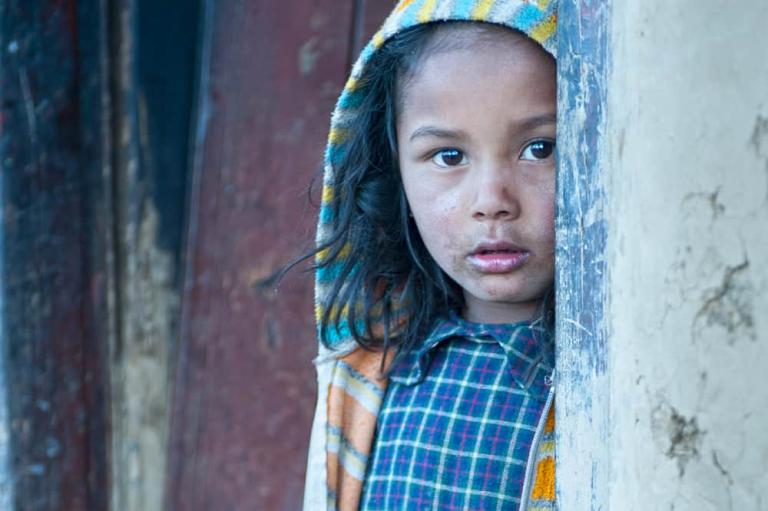
The shameful catalog of sexual abuse against unprotected girls is a global disgrace.[35]
According to the Korea Future Initiative (KFI), North Korean girls who escape across the border to China are forced to stay “invisible” and often end up in brothels and the cybersex trade. “Girls as young as 9 are forced to perform graphic sex acts and are sexually assaulted in front of webcams, which are live-streamed to a paying global audience,” says KFI.[36]
In Haiti, many young girls enter into “survival prostitution” because they have no other way to feed themselves.
A church leader in Haiti explained to me: “Let’s say that a girl does not eat for a day. She’s hungry but she will survive. However, the next day, she has nothing to eat. Now, she has gone two days without food. A married man asks her, ‘Can I take you to a restaurant?’ She will not say ‘no.’ The next day, he offers to buy her clothes… a nice dress. Do you think she will say ‘no’? Before long, she is his mistress. She has become dependent on him for food and clothing. This happens all the time in Haiti.
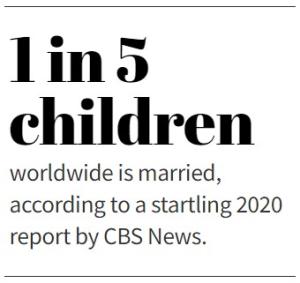 “Many girls practice prostitution in our cities and even in our churches. Their parents encourage them because they are desperate for food, so they encourage their 15-year-old daughters to have sex to bring in money. It’s a desperation trade: ‘You help me, and I will have sex with you.’”
“Many girls practice prostitution in our cities and even in our churches. Their parents encourage them because they are desperate for food, so they encourage their 15-year-old daughters to have sex to bring in money. It’s a desperation trade: ‘You help me, and I will have sex with you.’”
In Haiti, these child sex workers are known as “Degaje.“ In the local Creole language, the term refers to sex workers in survival mode. Their families are known as “Brase,” also a reference to being in a state of survival. Hence, Haitians talk about “Degaje” from “Brase” families.
In nations around the globe, poverty also leads to child marriages, with men frequently marrying girls under the age of 13. According to a report by Gospel for Asia (GFA World), there are as many as 650 million “child brides” in the world today, including adult women who married in childhood.[37] In 2020, a startling report by CBS News stated that one in every five children in the world is married.[38]
In 2014, the kidnapping of 200 schoolgirls in Nigeria by Boko Haram terrorists grabbed the news headlines, but globally the ongoing, rampant abuse of girls continues largely under the radar:
- In Bangladesh, a survey of 375 sex workers revealed nearly half of them were child brides, married as young as 11, and trafficked into prostitution.
- In China, sex-selective abortions resulted in a national shortage of women, fueling demand for child brides and sex workers.[39]
- In the U.S., more than 200,000 minors were married between 2000 and 2015. Most were girls and more than 80 percent were married to an adult, CBS News reported.[40]
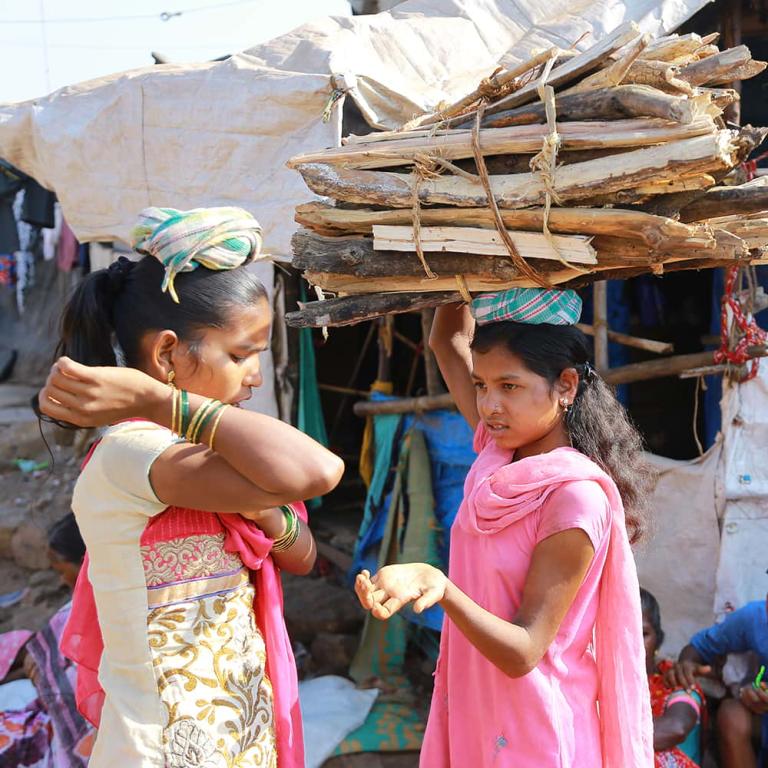
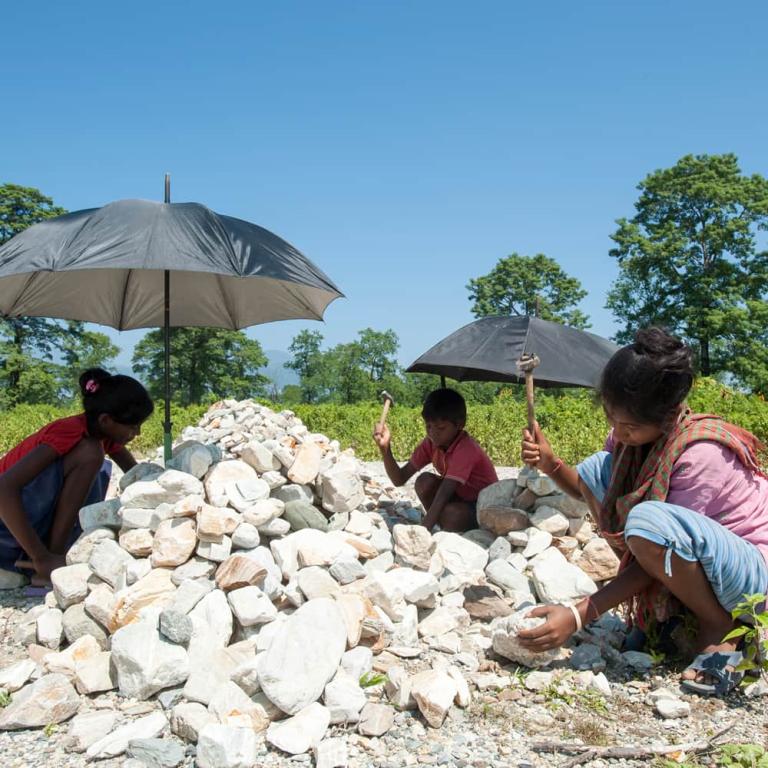
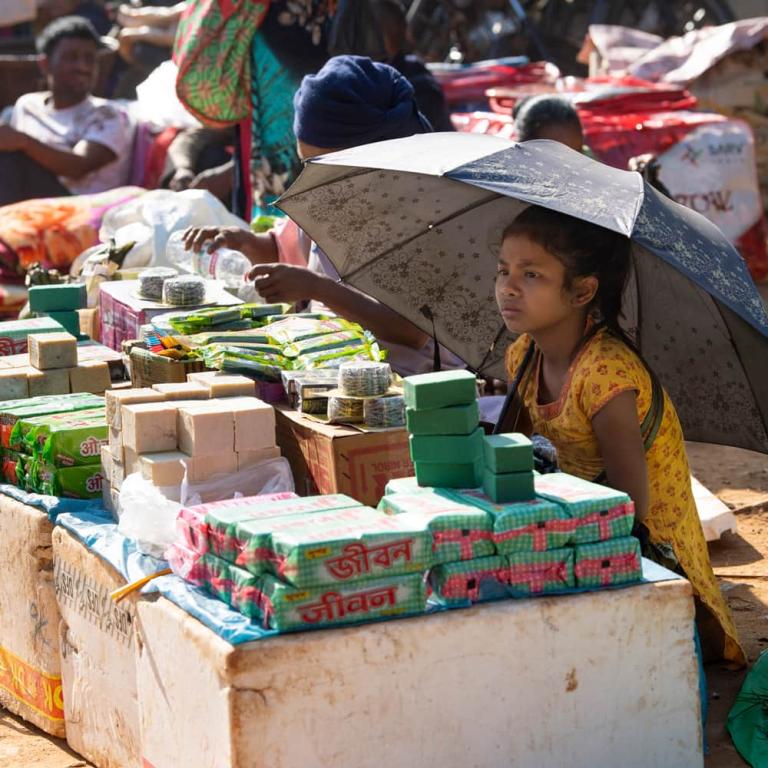
Children at Risk of Slavery
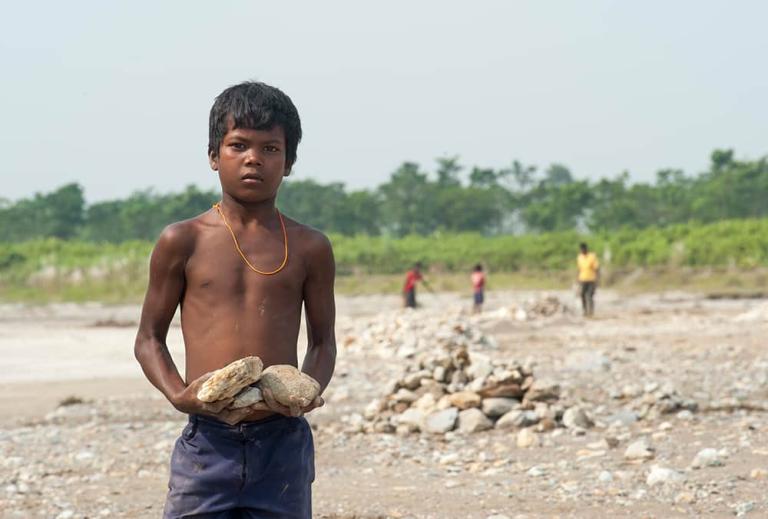
Around the world, 152 million children as young as five are engaged in some form of child labor. More than 4 million children work in factories, sweatshops, brick-making kilns, hazardous mining operations, rice fields, domestic servitude and other exploitive, forced labor.[41]
In Southeast Asia, 13-year-old Min Min searches for precious stones at a quarry. In 2020, at least 160 people were killed by a mudslide at a jade mine in the region where he lives. “We risk our lives for these stones,” Min Min said. “A man died last night … I saw it with my own eyes.”[42]
Because of the dire economic situation in Haiti, many young children are turned out of their homes by parents who can’t afford to feed them. Often, these children—some younger than 10 years old—enter into domestic servitude, a form of child slavery, with another family.
Facing neglect and physical abuse, these children are known as “rest avek,” translated “stay with,” and are treated essentially as slaves, expected to rise early each day to do the most menial chores.
Real-life Cinderellas
These real-life Cinderellas don’t have the opportunity to attend school, so they have virtually no chance of escaping their situation.
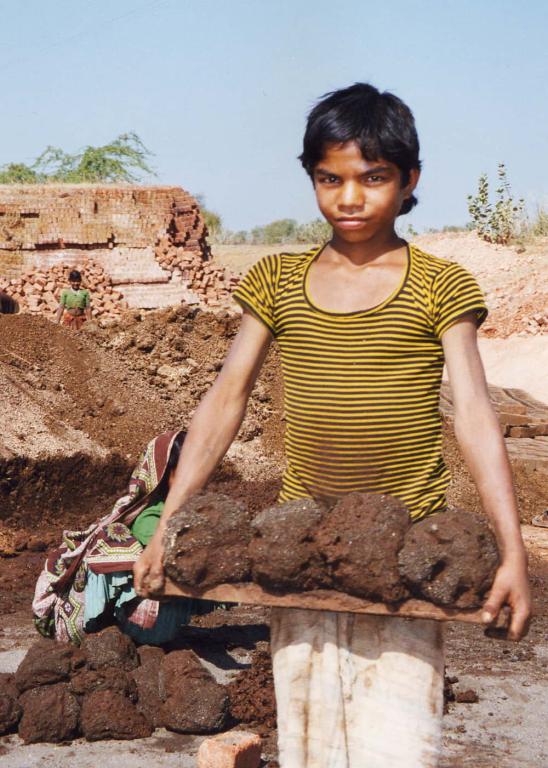
“Haitians dream of escape,” one Haitian man in the capital Port-au-Prince told me. “If you look at Haitian paintings, many of them depict the ocean. The ocean represents escape… liberty. For Haitians, the outside world is paradise; Haiti is hell.”
But for Haiti’s “rest avek” children and millions more trapped in exploitive labor around the world, there is no escape.
In Asia, nine-year-old Lakshmi worked in a factory as a cigarette roller. But it’s her 10-year-old sister she’s most worried about.
“Every morning at 7 a.m. she goes to the bonded labor man, and every night at 9 p.m. she comes home,” Lakshmi said. “He treats her badly. He hits her if he thinks she’s working slowly, or, if she talks to the other children, he yells at her. He comes looking for her if she’s sick and can’t go to work.”
“I don’t care about school or playing. I don’t care about any of that. All I want is to bring my sister home. For 600 rupees [about $8] I can bring her home—that is our only chance to get her back. We don’t have 600 rupees … we will never have 600 rupees.”[43]
A better life seems like a far-fetched dream to children like Lakshmi and her sister in Asia. At the root of their despair is grinding poverty.
But there is hope.
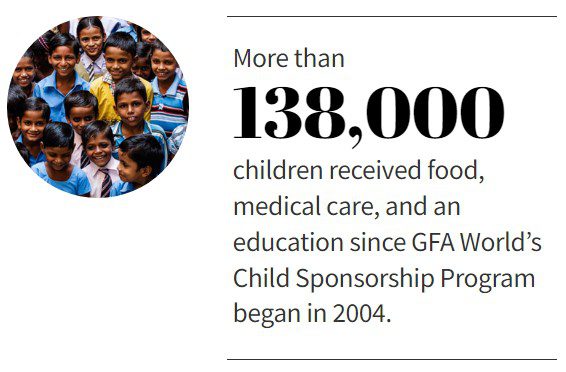 GFA World’s Child Sponsorship Program opens the door to a life of opportunity for thousands of children whose lives teeter on the brink of hopelessness, exploitation and suffering. Through its community development approach, Gospel for Asia (GFA World) shows children, their families and their communities the love of Christ by meeting practical needs.
GFA World’s Child Sponsorship Program opens the door to a life of opportunity for thousands of children whose lives teeter on the brink of hopelessness, exploitation and suffering. Through its community development approach, Gospel for Asia (GFA World) shows children, their families and their communities the love of Christ by meeting practical needs.
Working with community leaders, solutions like basic health care, food, clean water and educational and community service opportunities help break the cycle of generational poverty.
In the next decade, Yohannan says, he wants to see 500,000 at-risk children in some of the world’s most desperate places enrolled in the program—and his organization invites people to sponsor a child, or more than one child, to help set them free from the curse of poverty and its childhood-ravaging effects.
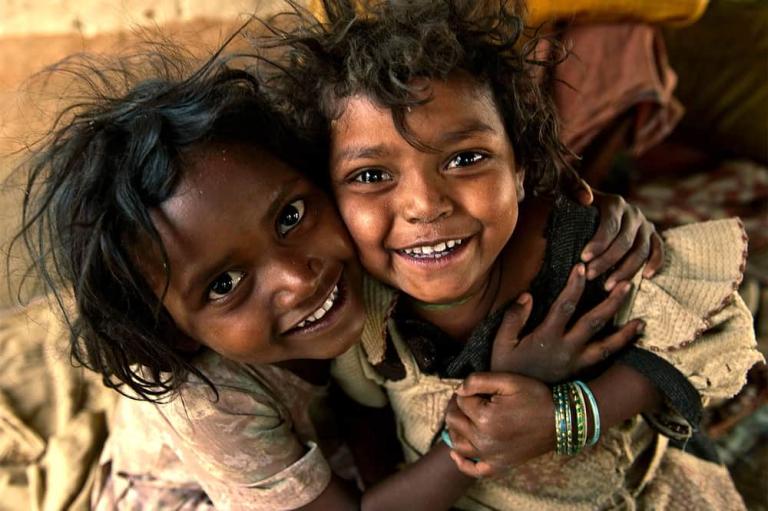
Redeeming Children in Crisis
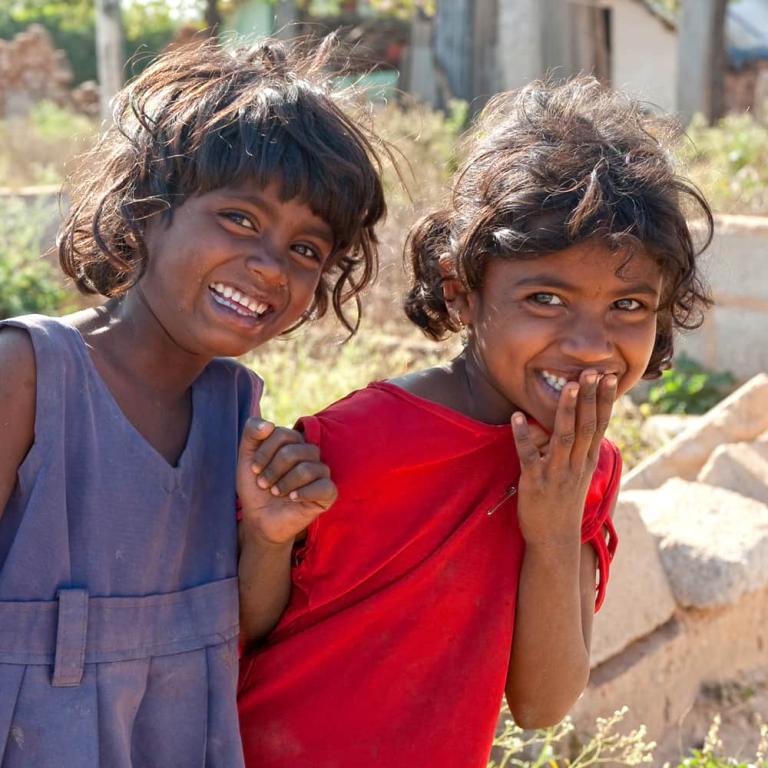
Our world bears a great “badge of shame” for its appalling neglect of and cruel injustice toward children in every nation, on every continent. But there’s an opportunity for redemption—and each of us can do our part.
In Kampala’s Kisenyi slum, one lonely street boy about 10 years old caught my attention as he sat in the dirt, wearing only torn rags. His leg was badly injured, split open, and flies had gathered on the gaping wound. He was inhaling fuel from a plastic bottle to dull the pain. As I crouched beside him, he told me he’d been run over by a car. The driver hadn’t bothered to stop. Maybe God put me on this earth for this very moment? It was, perhaps, the first time someone had actually cared about this boy, the first time he’d experienced God’s love through another human being. It was an honor to clean and bandage his wound. At that moment, God broke my heart for the suffering children of this world. But He did more than that—He showed me that every child reveals His beauty, even when they’re dressed in filthy rags and lying in the gutter.
As Mother Teresa is quoted as saying:
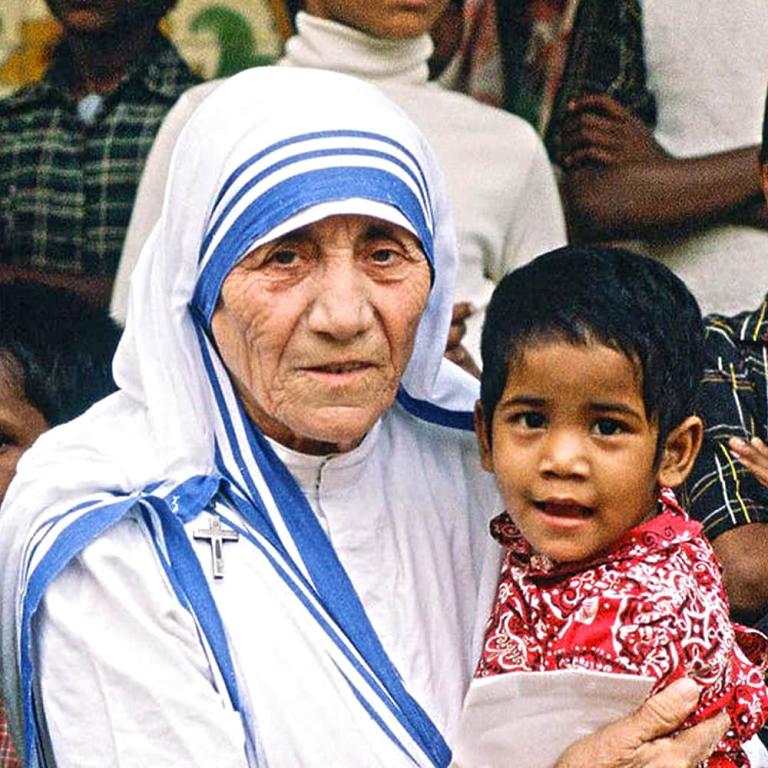
Photo by Wikimedia
Give to Help Support Children at Risk & Kids in Crisis »
If this special report has touched your heart and you would like to make a real difference in the lives of children in crisis around the world, and bring hope to kids at risk of violence, impoverishment, or child labor, then make a generous one time or monthly gift to help kids in need in Asia or Africa.
About GFA World
Gospel for Asia (GFA World) is a leading faith-based global mission agency, helping national workers bring vital assistance and spiritual hope to millions across the world, especially in Asia and Africa, and sharing the love of God. In GFA World’s latest yearly report, this included thousands of community development projects that benefit downtrodden families and their children, free medical camps conducted in more than 1,200 villages and remote communities, over 4,800 clean water wells drilled, over 12,000 water filters installed, income-generating Christmas gifts for more than 260,000 needy families, and teaching providing hope and encouragement available in 110 languages in 14 nations through radio ministry. GFA World has launched programs in Africa, starting with compassion projects in Rwanda. For all the latest news, visit our Press Room at https://gfanews.org/news.
Read the rest of Gospel for Asia’s Special Report: Children in Crisis — World’s Greatest ‘Badge of Shame’ — Part 1, Part 2
Read more blogs on Human Trafficking, Child Labor, Abandoned Children and GFA World on Patheos from Gospel for Asia.
Learn more about the GFA World Bridge of Hope program and how you can make an incredible difference in the lives of children, bringing hope to their lives and their families, transforming communities.
Learn how to provide a chance for children without sponsors. When you give to help unsponsored children, you help supplement the lack of resources when children in Asia don’t have the sponsors they need to stay in a Bridge of Hope center.
Learn more about Gospel for Asia: Facebook | YouTube | Instagram | LinkedIn | SourceWatch | Integrity | Lawsuit Update | 5 Distinctives | 6 Remarkable Facts | 10 Milestones | Media Room | Poverty Solution – Farm Animals | Endorsements | 40th Anniversary | Lawsuit Response | International Offices | Missionary and Child Sponsorship | Transforming Communities through God’s Love
Notable News about Gospel for Asia: FoxNews, ChristianPost, NYPost, MissionsBox
Read what 25 Christian Leaders are affirming about Gospel for Asia.
This Special Report originally appeared on gfa.org.




